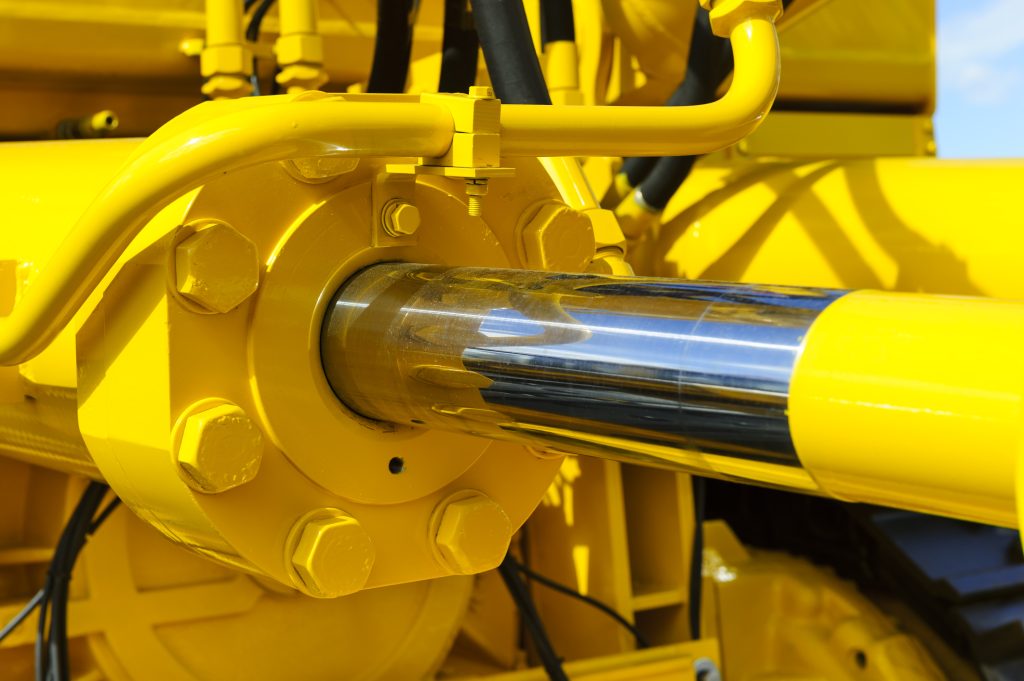Hydraulics, which is a mechanical system, is driven by the pressure of the fluid. Pistons in cylinders, which are enclosed in the pumped liquid, move in response to the movement of the cylinders. This produces mechanical motion in hydraulic systems. Hydraulics is used as a component in mechatronics, and mechanical, electrical, and software engineering is all used in the design and manufacturing of items and processes that involve hydraulics as a component. Simple hydraulic systems include aqueducts and irrigation systems that rely on gravity to generate water pressure. Water is employed as a delivery medium in these systems because of the intrinsic characteristics of water. When working with more complex hydraulics, a pump is used to pressurise liquids, which are often oils, and valves are utilised to control the flow of oil.

Best Practices for the Maintenance of Hydraulic Fluid
The maintenance and upkeep of hydraulic fluid are extremely significant since the hydraulic fluid is used to run hydraulic machinery, therefore it is essential to keep an eye on it. Hydraulic fluid not only reduces wear and tear, but also reduces friction and heat, eliminates debris and dirt, and protects the system from rust and deposits. The most common reasons for hydraulic fluid to get contaminated include overheating, pollution, and an unsanitary workplace environment. Busch Hydraulik will guarantee that the hydraulic fluid is correctly maintained as a consequence of this situation:
- Prevent overheating of the hydraulic system
Pumps, tubing, and relief valves are all responsible for increasing the temperature of hydraulic fluid. If the temperature of the system is too low, condensation may occur in the reservoir, resulting in pump cavitation and failure of the pump. Excessive heat, on the other hand, causes oxidation, which results in the formation of varnish and sludge. Carry out periodic inspections of the oil cooler and reservoir to avoid overheating of the components.
- Maintain the system clean
Maintain the cleanliness of the reservoir lid, drain lines, and breather fill ports in order to prevent dirt, water, and metal debris from entering the system.
- Maintain the quality of the fluid.
Ensure that you inspect your oil regularly for contaminants. Only when the container’s fill cap has been completely cleaned may hydraulic fluid be added to it. Fluid filters should be inspected and replaced regularly. Portable filters may be used to filter oil before it is introduced into the system, which will increase performance.

Keeping Track of Your Progress Effortlessly
In order to determine whether or not a hydraulic maintenance programme is successful, it is necessary to monitor three critical indicators:
- If there is any downtime, it should be monitored.
- The cost of downtime should be taken into account.
- In hydraulics, you should check the fluid.
Instead of concentrating on all of them at the same time, let’s concentrate on each one individually. Even though all preventive maintenance tasks were completed to the letter, the gadget continued to malfunction. The first stage of the Busch Hydraulik will discover which of the hydraulic system’s components has failed and which of the remaining components has failed. Wear and tear and poor-quality components over time might all be contributing factors to the problem. Finally, validate that the faulty component has been replaced or repaired and consult with the rest of the team to determine if the issue might have been averted in the first place.
The last step is to conduct metals and water analysis on the hydraulic fluid. Diagnostic tools like fluid analysis may assist in the identification of filter performance, internal leaks, and wear debris. Fluid analysis, on the other hand, can prevent hydraulic difficulties in most situations.
